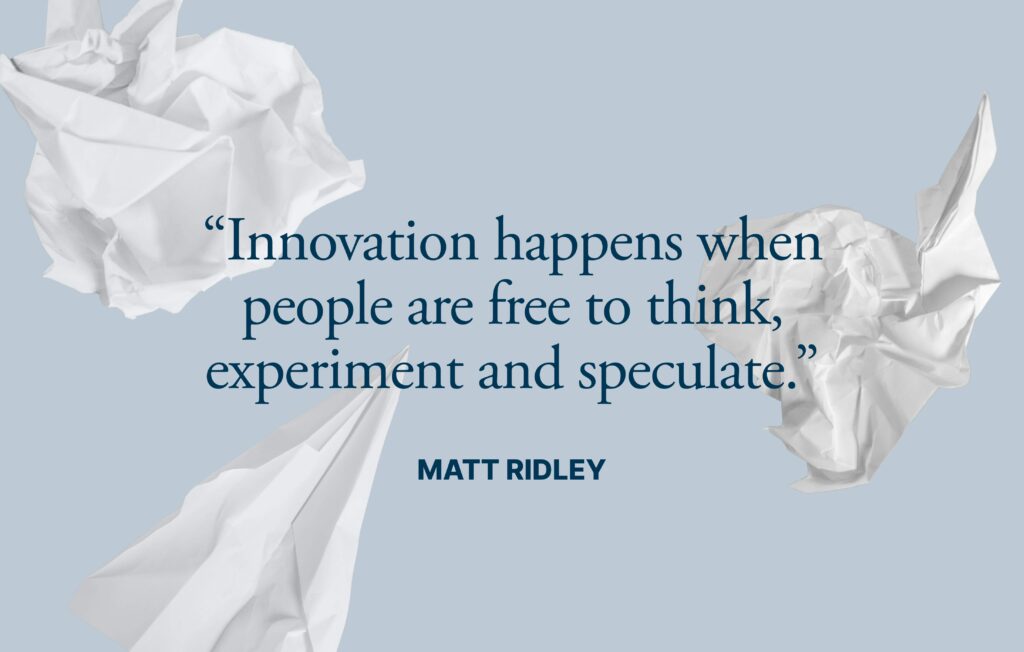What Makes a Human Interest Story Stick
At the core of every unforgettable human interest story is emotional connection. It’s less about headlines and more about heartbeats. We remember stories that make us feel something—grief, triumph, warmth, injustice—not because they’re polished, but because they’re honest. It’s not always dramatic. Sometimes it’s a quiet moment, a glance, an offhand comment that lands hard because it mirrors something inside us.
Relatability is what pulls us in. We care about strangers when something in their story reflects our own highs, lows, or questions. It’s why a father walking their kid to school in a war zone can hold more weight than a press briefing, or why a teenager cleaning houses to attend college goes viral. These are lives we don’t live—but can still understand. That recognition makes their stories ours, too.
Powerful storytelling turns ordinary lives into something compelling. This doesn’t mean exaggeration—it means seeing clearly. Showing choices, conflicts, motivations. Letting the subject speak in their own words. It’s narrative craftsmanship with a light touch. When done right, it not only informs, it shifts perspective. We walk away changed, even just a little.
Core Elements of a Captivating Human Interest Piece
What elevates a human interest story from forgettable to unforgettable? The answer lies in the careful combination of several key storytelling elements. These foundational pieces help build emotional resonance, deepen engagement, and make a story relevant across diverse audiences.
Authentic Voices and Faces
At the heart of every powerful human interest piece is a person—or group of people—whose voice is real, unscripted, and sincere. Authenticity fosters connection.
- Use direct quotes and unfiltered language that reflects the subject’s unique personality
- Showcase stories from all walks of life, especially those not often represented
- Let subjects guide the narrative, rather than fitting them into a pre-determined arc
Conflict, Resilience, and Transformation
What makes a story compelling is not simply its subject, but the journey. Readers are drawn to tension and change. The core arc of human interest storytelling often involves a challenge faced—and the path through it.
- Start with the conflict: a struggle, crisis, or question that sets the stage
- Highlight moments of resilience and small victories
- Emphasize transformation—what has changed for the person, and what can readers learn from it
The Role of Setting: Context Counts
Where the story takes place is more than just backdrop—it shapes the events, emotions, and stakes.
- Detail the physical environment and its influence on the subject’s experience
- Use location as a lens for larger issues (e.g., a rural town facing healthcare disparities)
- Include sensory elements to make the story vivid: sights, sounds, atmosphere
When Visuals Speak Louder Than Words
Multimedia components often make the difference in how a story is received and remembered. A candid photo or intimate video clip can carry a level of emotional resonance words alone may not achieve.
- Include portraits that show emotion and context
- Use video interviews or b-roll footage for added depth on digital platforms
- Infographics and documentary-style visuals can provide necessary clarity, especially for complex topics
Taken together, these elements help human interest stories resonate deeply and stand the test of time. They’re not just told—they’re felt.
Behind the Scenes: Crafting a World-Class Human Interest Feature
Telling a powerful human interest story requires more than just heart—it demands preparation, precision, and a deep commitment to ethics. Here’s how the best journalists turn real lives into stories that resonate globally.
Digging Deeper: Research Beyond the Headline
Great human interest stories don’t come from press releases. They emerge from active listening, curiosity, and thorough groundwork.
Key research strategies include:
- Immersive background work – Understanding the cultural, social, and political contexts shaping the subject’s life
- Multiple perspectives – Speaking with family, colleagues, or community members to gain a rounded view
- Archival digging – Mining old records, previous news coverage, or personal artifacts for context and depth
Building Trust with Subjects
You can’t force honesty—you have to earn it. The foundation of any meaningful human story is trust between the journalist and the person at its heart.
Ways journalists build and maintain trust:
- Transparency – Clearly explaining the intent and scope of the story
- Time investment – Spending unhurried time with the subject to foster comfort
- Mutual respect – Listening actively, without judgment or agenda
Ethics Aren’t an Option—They’re Essential
Human interest reporting often involves vulnerability. That means ethical boundaries must be non-negotiable.
Important ethical practices include:
- Consent and clarity – Ensuring subjects fully understand how their story will be used and have the ability to opt out
- Minimizing harm – Being mindful of how exposing personal details may affect emotional well-being or social standing
- Avoiding exploitation – Telling compelling stories without sensationalizing suffering
Preserving Impact Without Compromising Dignity
The most unforgettable stories strike a balance between emotional power and respect. Journalists must ask themselves: Is this image, quote, or detail necessary—or just dramatic?
Best practices for protecting dignity while maintaining impact:
- Choosing language with care – Avoiding cliché, voyeurism, or language that reduces complex lives to stereotypes
- Editorial restraint – Showing enough to move the audience, but not enough to invade or expose
- Empowering the subject – Centering the person’s voice in their own story wherever possible
Ultimately, the goal is not to manipulate emotion, but to make room for empathy. Behind every great human interest story is a disciplined storyteller who respects both the weight of the story and the humanity of the person living it.
Stories That Moved Millions
Over the past year, several human interest stories have captured global attention—not because they were breaking news, but because they tapped something universal. Take the story of Andrés, the Venezuelan delivery cyclist in Chicago who saved up to build a school back home. Or the viral documentary-style TikTok about Amina, a Syrian refugee teen learning ballet in Berlin. These weren’t loud stories. They were focused, raw, and undeniably human.
What these pieces had in common was clarity of narrative and emotional weight. They were built around transformation: struggle followed by a kind of quiet triumph. But each brought something different. Andrés’s tale resonated as a story of self-made success and responsibility. Amina’s was about joy in the face of displacement. Both were rooted in strong visuals, minimal scripting, and heavy social sharing that spread them far beyond their original platforms.
The public responded not just with shares, but with action. Donations, volunteer interest, and commentary flooded in. Traditional media picked the stories up after the fact, proof that emotional resonance can now outrun the newsroom. For outlets and creators alike, the takeaway is clear: when a story moves people, it moves at scale. The trick is focusing less on spectacle and more on the soul of the subject.
The Ripple Effect of Telling Real Stories
When One Voice Creates Global Impact
A single human interest story, when told with care and clarity, can ripple far beyond its origin. Stories that begin with an individual’s experience often end up raising awareness, stirring public sentiment, and even prompting tangible change. Whether it’s grassroots activism, shifts in public policy, or viral cultural conversations, these narratives prove that personal truth can drive collective action.
- A student’s battle with healthcare costs helped spark discussions on national policy
- A refugee’s journey shed light on broken immigration systems and sparked reform petitions
- A community initiative broadcasted globally led to international support and funding
Putting Representation Front and Center
Many of the most powerful stories come from voices that have long been overlooked. When journalists amplify experiences from marginalized or underserved communities, representation becomes a form of advocacy.
- Featuring diverse protagonists reshapes mainstream perspectives
- Showing lived experiences fosters understanding and empathy
- Visibility invites broader societal inclusion
“We tell these stories not because they are extraordinary, but because they’ve too often gone unheard.”
The Quiet Power of Giving Voice to the Unheard
Not every story goes viral—and that’s okay. Some of the most important narratives don’t trend, but they still leave a lasting impression on the audiences who need them most. The impact lies not in virality, but in connection.
- Small-scale stories can inspire localized change or new community initiatives
- Personal narratives help audiences see real-life effects of broader issues
- Consistent platforming builds long-term trust between media and underserved groups
Ultimately, human interest reporting reminds us that everyone has a story worth telling—and that the act of listening can itself be transformative.
Where Human Interest Meets Hard News
This isn’t about turning breaking news into a sob story. It’s about recognizing that emotion and fact aren’t enemies. When done right, emotional storytelling adds relevance—it doesn’t undercut it. A mother sifting through wildfire wreckage isn’t just anecdote; she’s the pulse behind the policy discussion on climate readiness. A teenager coding in a migrant shelter isn’t a footnote—it’s a lens into education inequality.
Stories hit harder when they’re rooted in real, lived experience. That’s why the best human interest reporters don’t just capture what happened—they show us why we should care. By threading emotion into the frame, they elevate routine reporting into something that stays with audiences long after the scroll.
Personal narrative, when used precisely, clarifies the stakes. It bridges data with empathy. This doesn’t replace rigor—it reinforces it. You still need the facts. You still verify every quote. But you also listen harder. And that layered storytelling? That’s what leads to action.
For an immersive case study, read Inside Look: In-Depth Features on Noteworthy Events.
What’s Driving the Future of Human Interest Stories
Authenticity isn’t a trend—it’s the new baseline. Readers don’t just want polished reporting; they want truth in its raw, sometimes uncomfortable form. For feature journalists, this means stripping away the gloss. Talking heads and thirdhand narratives don’t cut it anymore. Audiences respond to grounded voices and lived realities. They want stories told by someone who’s been there—or clearly earned trust from someone who has.
At the same time, short-form isn’t going away. But it’s maturing. Think stories that hook in 30 seconds but linger for days. It’s no longer about trimming the excess—editors and creators are finding ways to pack emotional weight, layered context, and subtle storytelling into compact formats. Depth isn’t sacrificed; it’s restructured.
AI is stepping in too, not just behind the curtain but increasingly as part of the pitch process. Journalists are using machine learning tools for pattern discovery, trend analyses, and voice drafts. But the question remains: who writes the soul of the story? That still takes a human. Smart outlets know this and blend machine precision with intuition, not in competition, but collaboration.
In this ecosystem, journalists aren’t just reporting—they’re curating. Surfacing stories that matter from the noise. Helping the public navigate what’s worth their time. The best journalists are turning into trusted lenses, not just bystanders.
What’s next? Fewer gatekeepers, more responsibility. And for storytellers, the challenge is clear: stay sharp, stay real, and never underestimate the gut-check power of a well-told human story.
Final Takeaway
Human interest stories aren’t filler—they’re the heartbeat of journalism. In every profile of a war refugee, a small-town inventor, or a kid navigating loss, we find threads that tie us together. These stories don’t try to shout. They sit with us, quietly, nudging empathy into places where apathy could have taken hold.
In a world that often feels frayed and sorted into echo chambers, human interest pieces stitch some of those gaps shut. They humble us. They remind us that struggle, joy, love, loss—those things don’t care about your politics or your feed.
And for writers, photographers, and editors, the magic is in the details: the gesture someone makes when describing a turning point, the kitchen table where a hard story was told, the silence between answers. That’s where the impact lives—not in headlines, but in moments. Get those right, and you don’t just report the news. You move people.


